1. Characteristics of Lily
Appearance: Lily is a perennial herb with a plant height of 70 to 150 cm. Its bulb is spherical, light white in color, and its apex is often open like a rosette. It is formed by the aggregation of more fleshy, plump, egg spoon shaped scales. Its stem is upright, cylindrical, dotted with purple spots, no hair, and its surface is usually green. Lily flowers are mostly white, funnel-shaped, solitary at the top of the flower stem
Usage: lilies are mainly used for viewing, especially the cut flower varieties exported from the Netherlands and Japan. Lily bulbs are rich in starch, and some of them can even be used as vegetables. In addition, lily bulbs can also be washed and dried for soup. Lily can be used as medicine. Its nature is slightly cold and flat. It has the effects of clearing lung, relieving cough, clearing fire and calming nerves. Many parts of its plant can be used as medicine
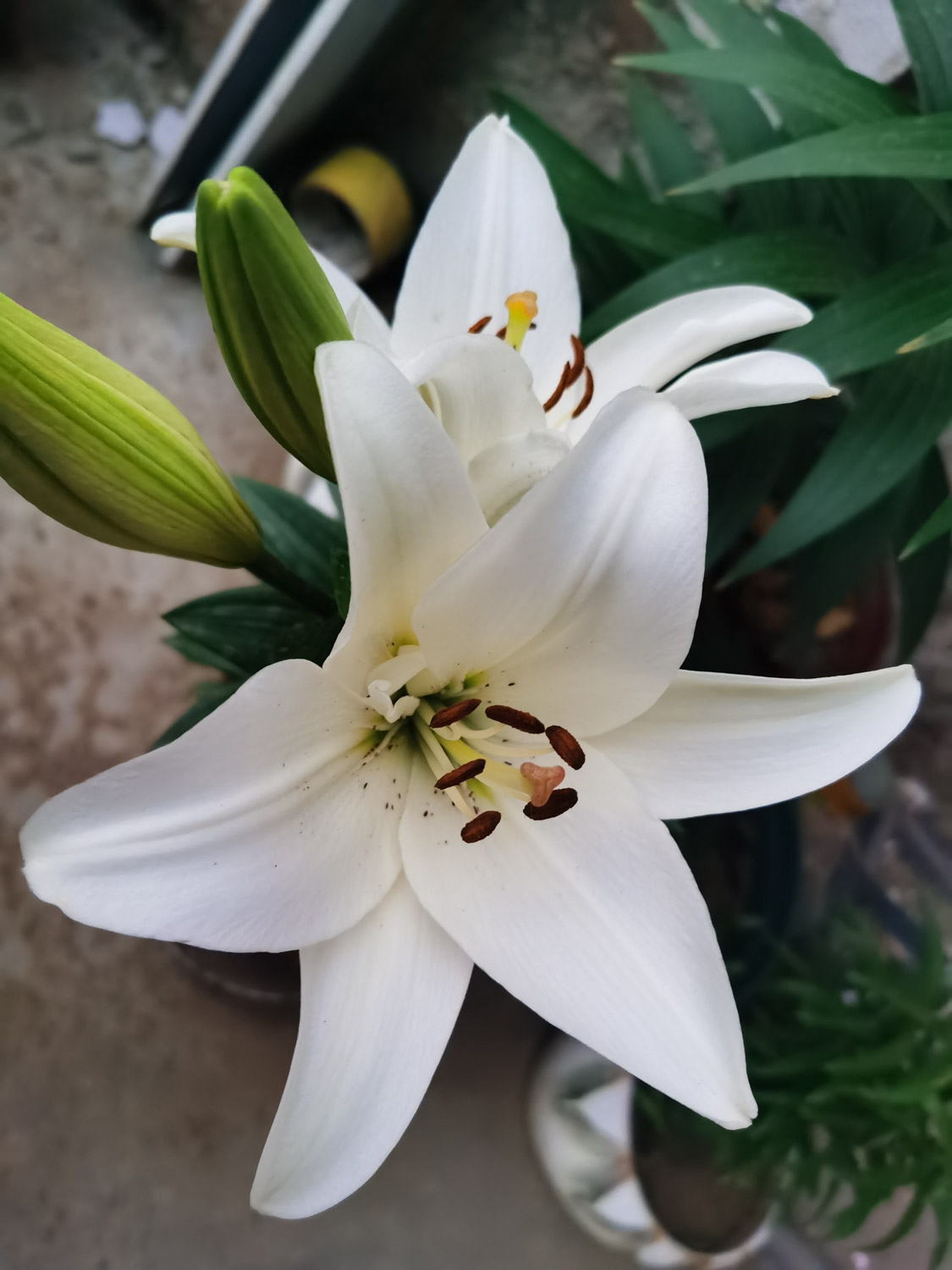
2. How to raise lilies
Seeds: Lily seeds are bulbs. If you want them to grow well, you need to choose healthy and robust bulbs
Soil: the sandy loam with good drainage and deep soil layer is the best choice for breeding lily, which can enhance the air permeability in the basin soil and is not easy to form ponding
Temperature: the temperature of Lily growth environment should be controlled. The temperature cannot exceed 30 ℃ at high temperature and 10 ℃ at low temperature. The most suitable temperature for its growth is between 15 and 25 degrees Celsius
Trim the yellow and withered plants regularly. This can reduce the consumption of nutrients and allow the nutrients in the basin soil to be absorbed by healthier parts of the plant. It can also promote the germination of new branches and make the plant type more beautiful
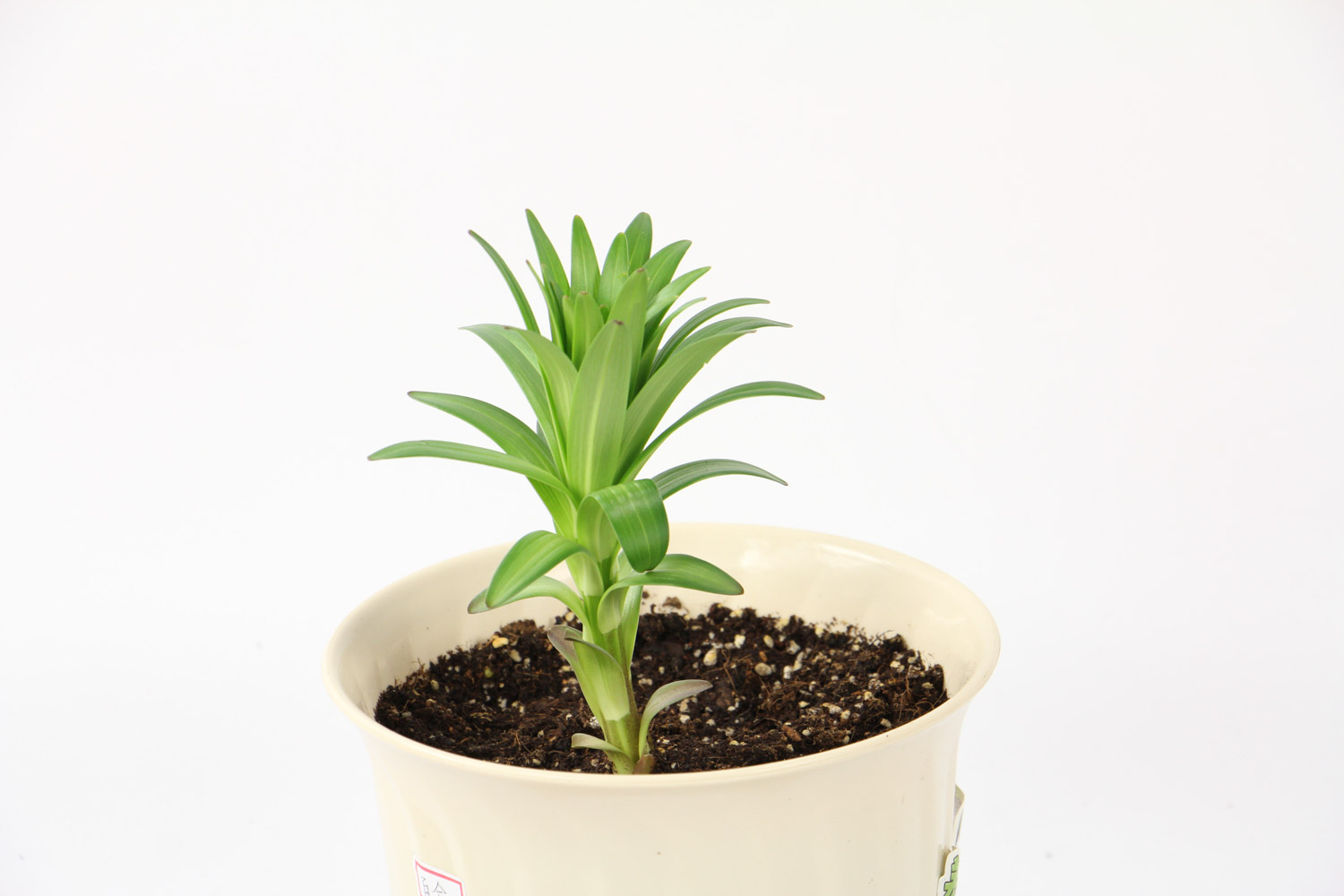
3. Lily pictures
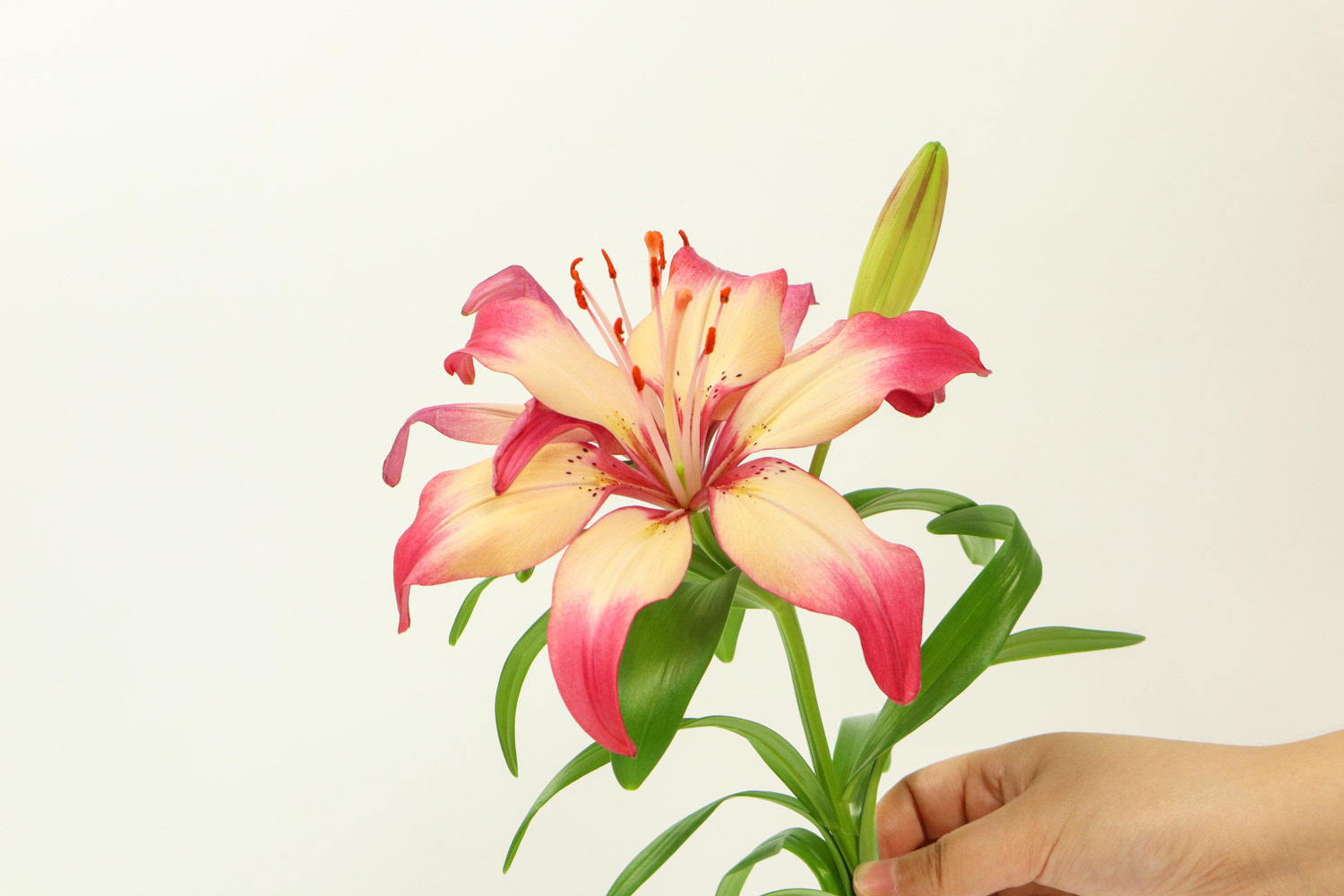
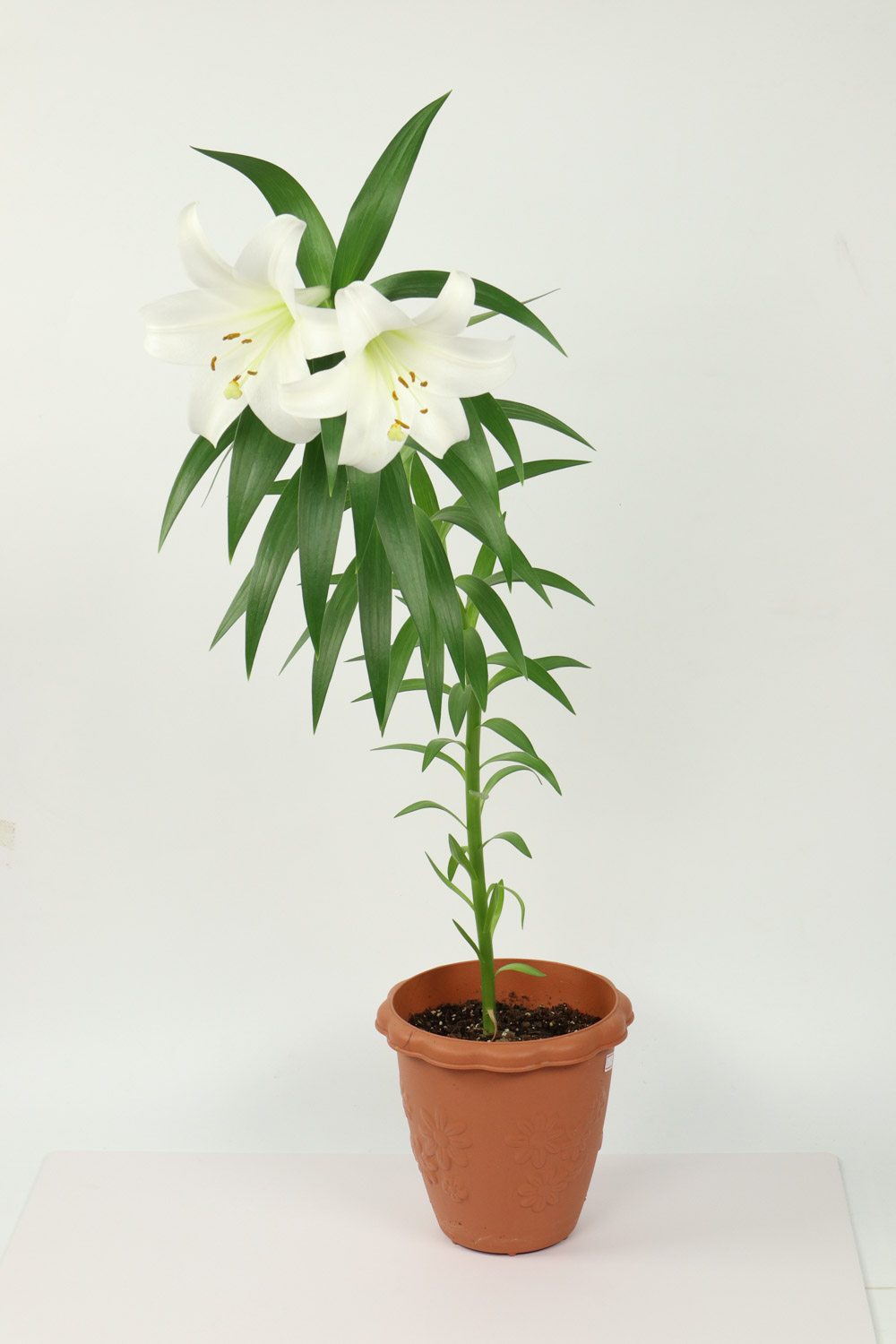
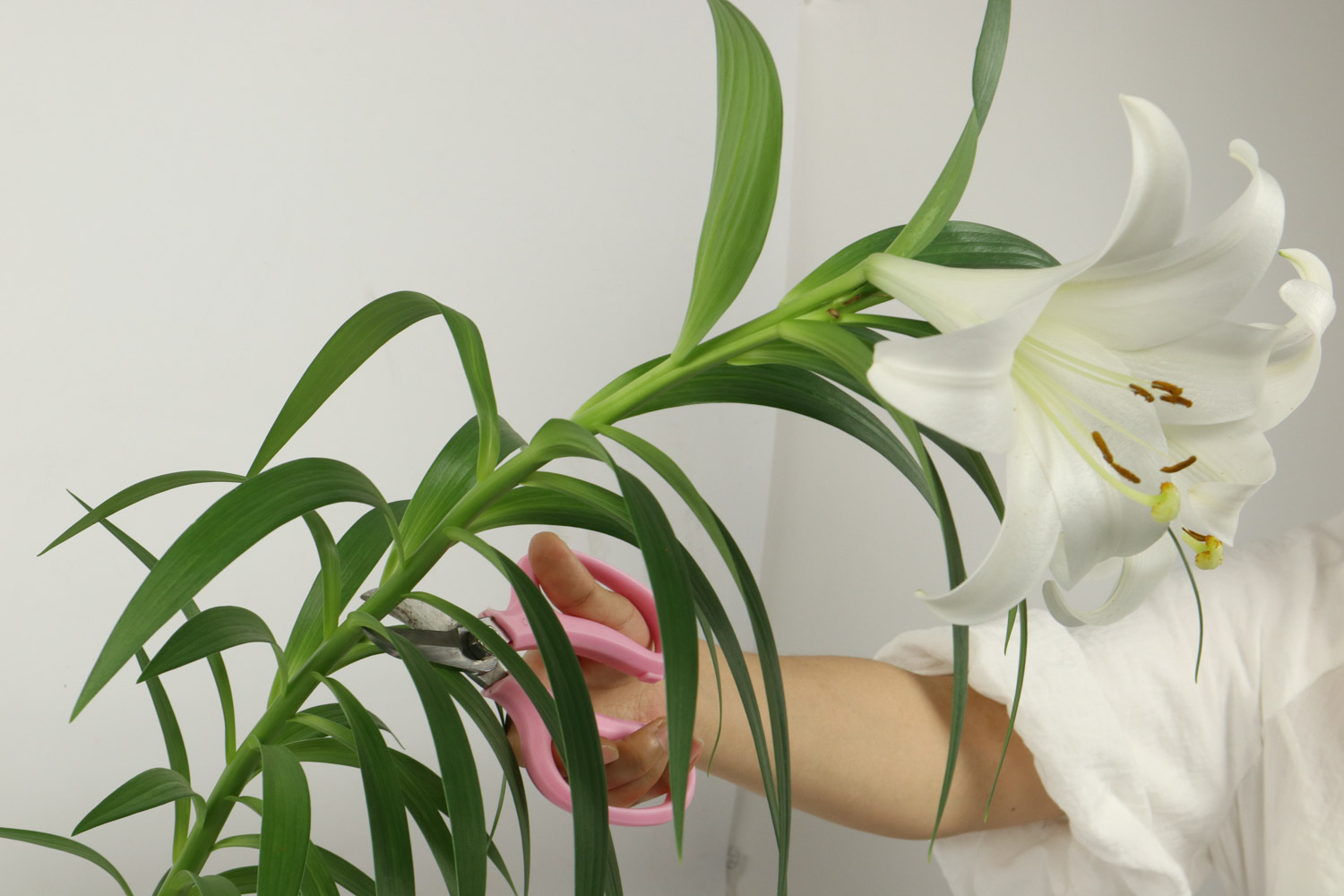
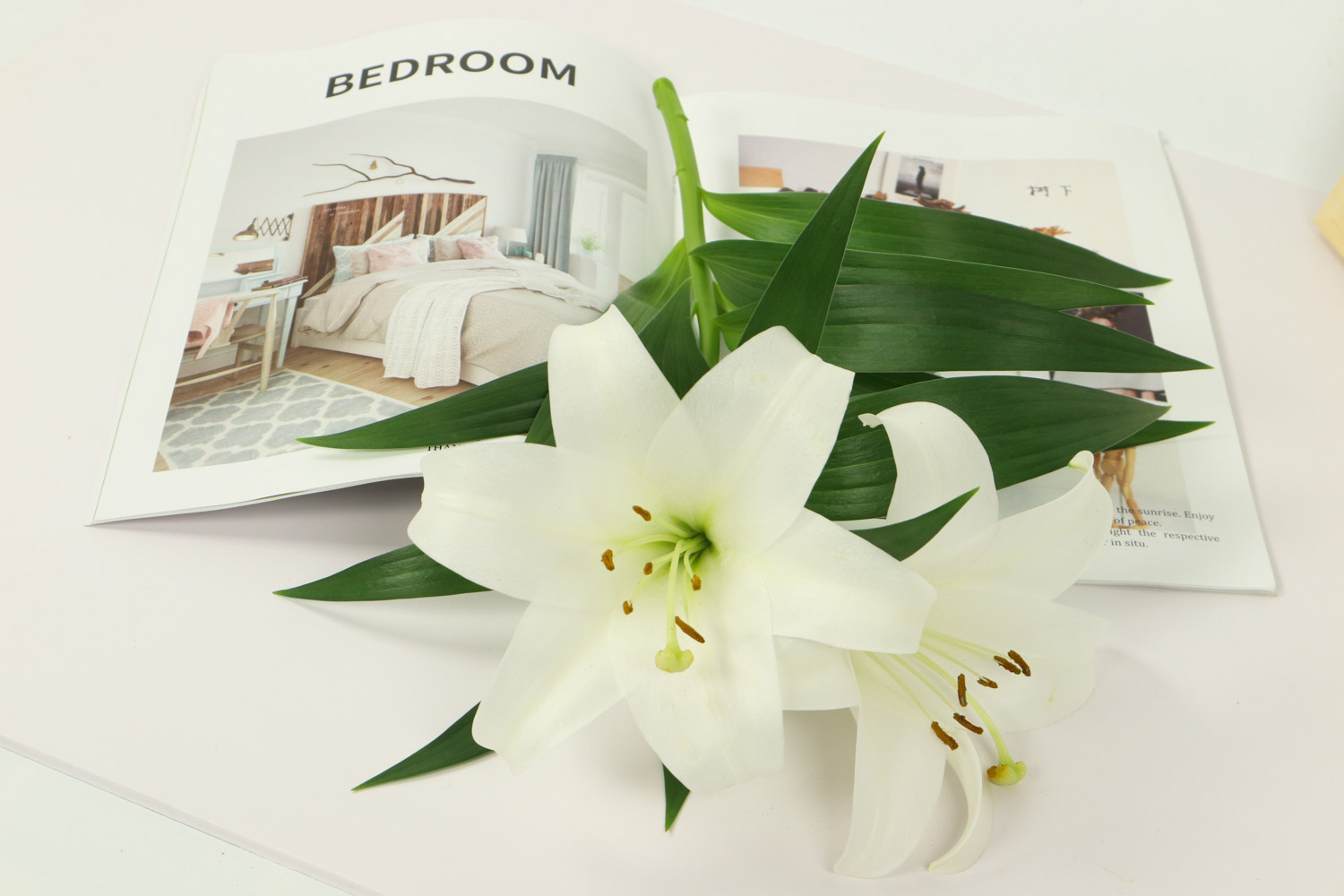

 jackfruit
jackfruit snake plant
snake plant hibiscus
hibiscus hydrangea
hydrangea lavender
lavender Green roses climb al...
Green roses climb al... If you don't pay att...
If you don't pay att... Management of four g...
Management of four g...


































